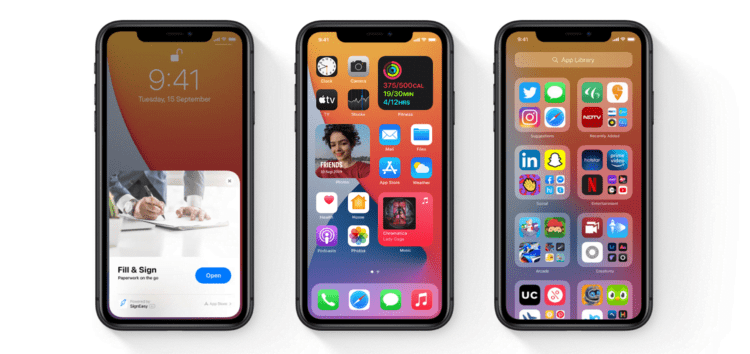Apple is preparing for the highly anticipated Worldwide Developer Conference (WWDC), which will begin on June 5th. This event promises to make intriguing announcements about next-generation software versions like iOS 17, iPadOS 17, and watchOS 10. As a prelude to the event, the Cupertino-based tech behemoth recently revealed surprising insights regarding iOS 16 usage statistics. To collect this information, Apple thoroughly examined app store transactions performed by numerous devices on May 30th, 2023.
Apple typically provides software updates for its products up to five years after their initial release. According to the business, 81 percent of iPhones globally are powered by iOS 16, released in September of the previous year. This outstanding figure rises to 90% when we only include iPhones released in the last four years, specifically the iPhone 11 series and the recently unveiled iPhone 14 series.
Among the remaining 19 percent, 13 percent have chosen not to upgrade from iOS 15, while 6 percent stay on iOS 14 and older versions. Notably, iOS 16 is still compatible with iPhone 8 and later models introduced in 2017 or after. Shifting our attention to tablets, Apple reports that an astonishing 71 percent of all iPads presently run iPadOS 16. If we limit the figures to tablets introduced in the last four years, the adoption rate jumps to 76 percent.
Nonetheless, 18% of these iPads still run iPadOS 15, with 6% running previous versions. According to the research, 20% of all iPads still run iOS 15, while 9% still run iPadOS 14 and prior editions.
As the curtain rises on the imminent unveiling of iOS 17 and iPadOS 17, with their subsequent release expected later this year, the technology landscape awaits with bated breath the level of acceptance and uptake these latest versions will receive in comparison to their predecessors, iOS 16 and iPadOS 16.
